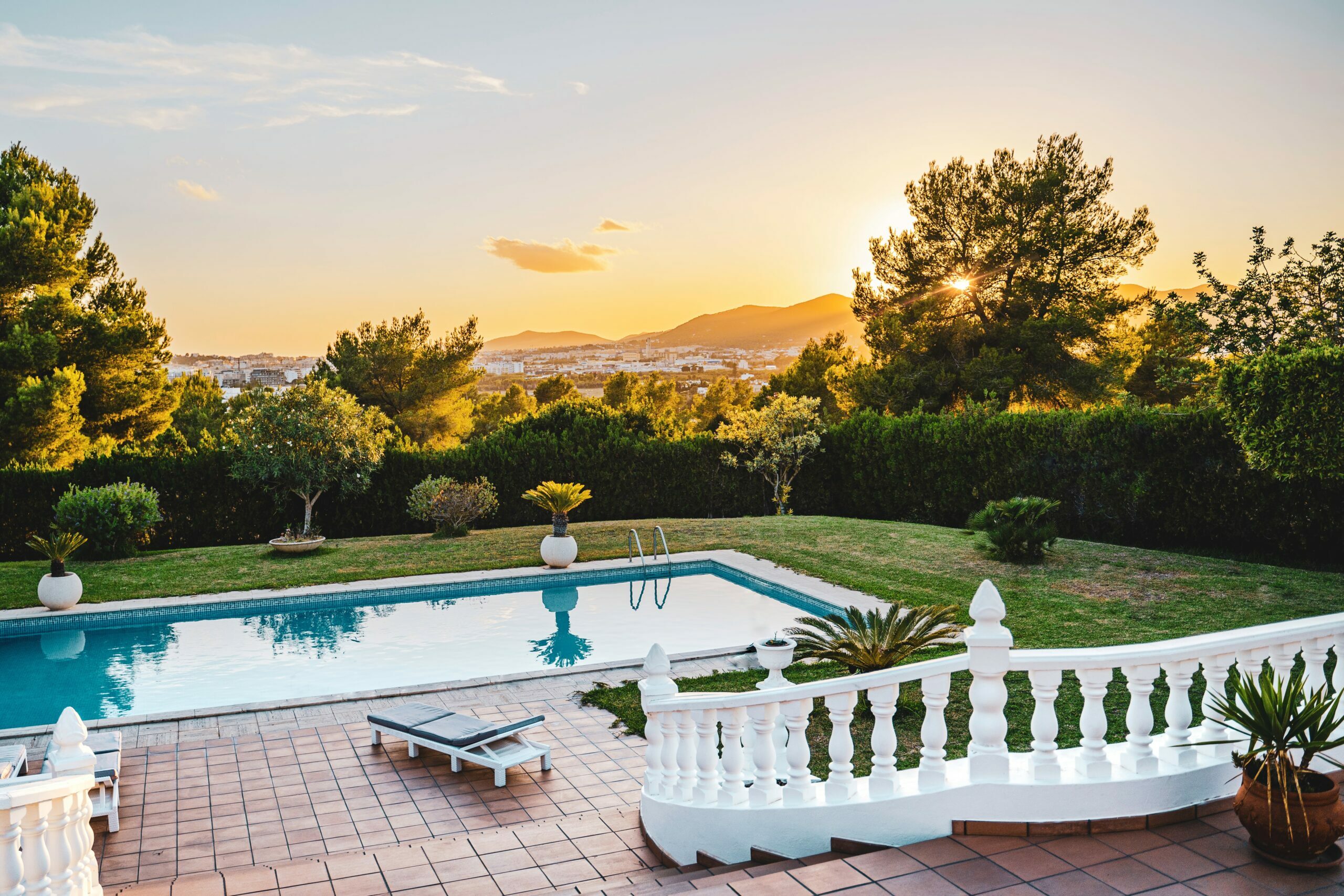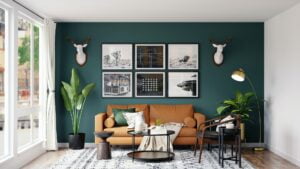These garden design ideas are the key to creating a scheme you’ll love for years to come. If you’re looking for backyard landscaping ideas and want to remodel your outdoor space, large or small, to bring in more wildlife to attract more gardens and make it more sustainable, we’ve rounded up some great gardening ideas to help transform your backyard.
Take a look at your garden as a whole before moving on to makeovers and updates. Find out as much as you can about the location, orientation, and view of your garden.
Whether it is a small garden, a long strip, a cottage garden, or a courtyard garden, you should observe when and where different parts of the garden are exposed to light and sun. Thinking about access and what you want to use in your garden for planting and growing vegetables, sunbathing, eating outdoors, or just sitting and enjoying a cup of tea on a sunny morning?
We have answered these questions and will clarify how you want your garden to work. We hope these garden ideas inspire you.
1) Trim the Lawn
Look out through the garden window. The largest form you are likely to see is grass. If the shape is solid, the whole garden will be on track. It doesn’t have to be rectangular. You can try different shapes to make it stand out, or just even just something uncommon for eg, Try oval, circle, square, or rectangle. You need the right tools to get the job done. “If your lawn looks dull, consider the three principles of sun, showers, and soil aeration. Trim back branches to avoid too much shade. Water once a week early in the morning. The lawn will be green before you know it. Don’t cut too much!
With the rise of natural wildlife gardens, you may want to find an alternative to lawnmowers to grow long grass and wildflowers to grow naturally.
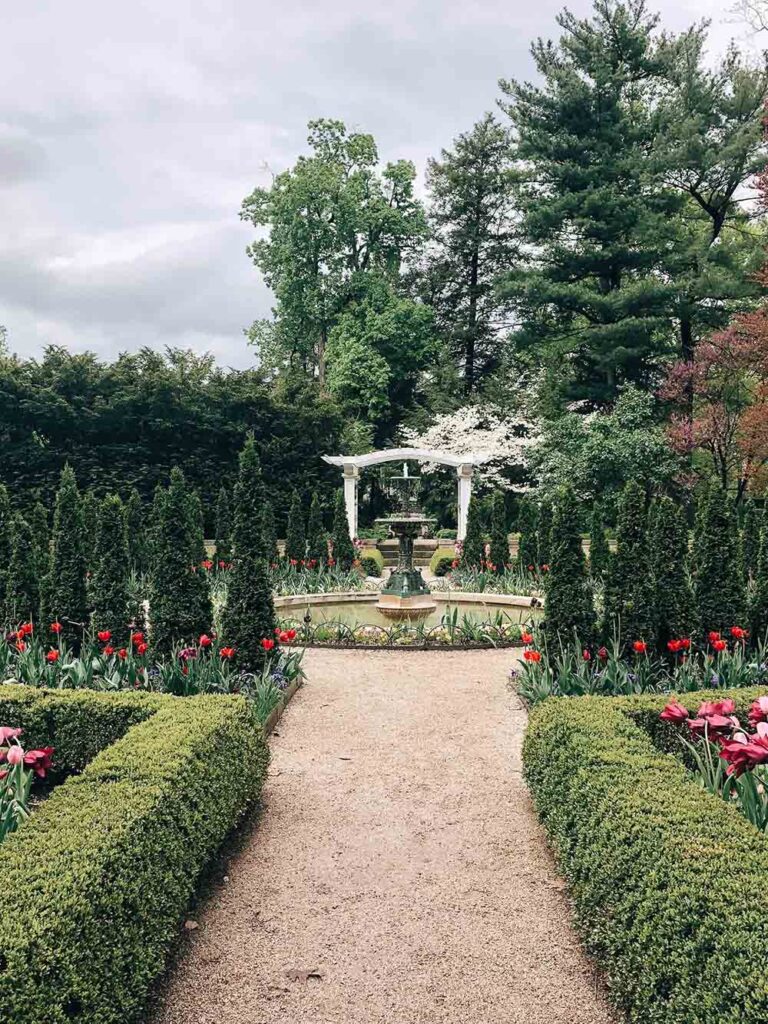
2) Plan your planting
The best garden design starts with structural plants filled with pretty flowering plants. Therefore, use evergreen shrubs at the end of each border and as punctuation marks in the middle, add large evergreens such as mahonia to create a large area.
Once you have this frame, fill in the gaps with beautiful flowers. Try to stick to 5 or 6 different styles and arrange them in repeating patterns for a harmonious and harmonious effect. Over a meter deep is the perfect size for a bed, with plenty of room for smaller plants in front and larger plants in the back.
Choose evergreen, fragrant plants like lavender and Mexican orange blossom. However, containers are the most flexible and can be moved as needed. “Creeping rosemary is a perfect plant for edging containers because it is a climbing rather than an upright plant, evergreen, and covered with blue flowers in spring,”
If you don’t have space for a few meters deep bed, you can place climbing plants behind the border to add planting height. When it comes to climbing plants, choose evergreens like clematis to provide a beautiful and colorful display.
Near the seating area where you don’t want the plant hanging yet wish to enjoy the scent. It is ideal for When choosing flowering plants, try a few that are “out of season” to keep color all year long, or include spring and early summer bulbs to get your garden off to a good start.
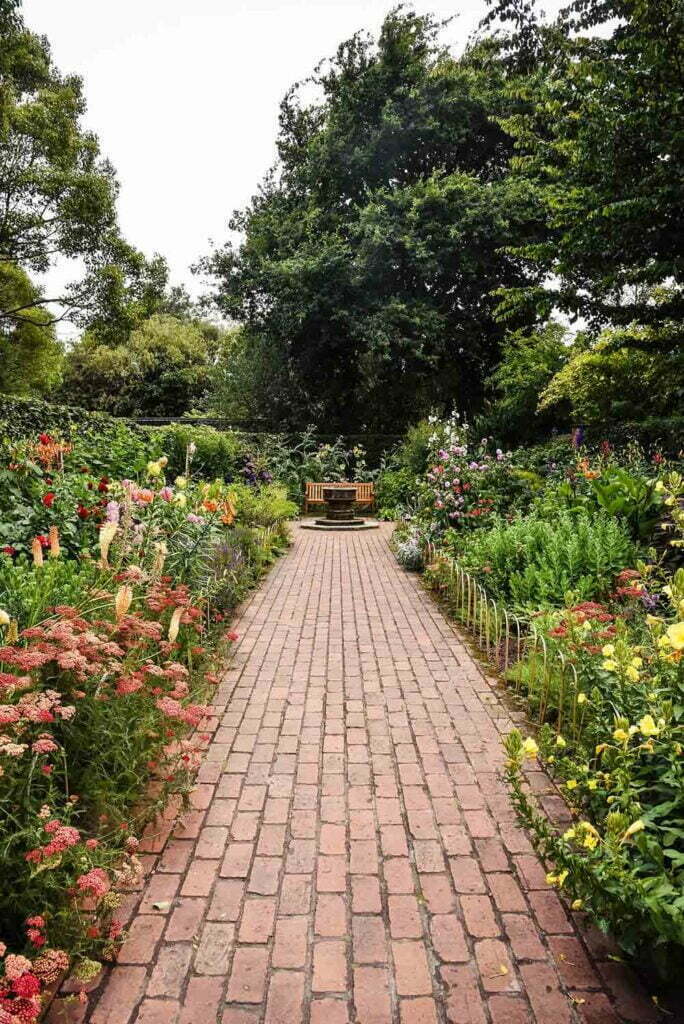
3) Trees
Mature trees serve as a starting point for building schemes. Blocks sun glare and can also be used as an anchor for shade sails, hammocks, pendant lights, and hanging decorations. If you live near a busy road, trees can also help block unattractive views and keep out noise and air pollution. Converting carbon dioxide in the air to oxygen brings great benefits to nature.
The tendency to grow is multi-trunked trees. Plant them to create architectural showpieces. The elegant canopy is suitable for layered underplanting. Also, when planted alone, it does a good job of making a striking structural statement. Perched trees and soft vegetation create a deconstructed forest setting in the front yard, as seen below in this modern Suffolk garden by Caitlin McLaughlin.
“Trees are wonderful habitats for wildlife, food sources, and sources of carbon sequestration. They also add structure and architecture to gardens,” says Sarah Squire, chair of Squire’s Garden Centres. . “There are trees in the yard of all sizes and shapes, from small potted maples on the balcony to abundantly flowering cherries in the backyard. The larger areas have birches, camellias, and hornbeams”

4) Beautiful paving
The color and style of the pavement, as well as the method of laying it, determine the design direction of the entire garden. For example, grey or white stones arranged in random patterns create a French country look. Black or silver cobblestones arranged in a regular design create the perfect backdrop for an elegant and modern scheme. Goldstone placed in a mixed pattern gives it a British country feel.

Samphire garden
Attention to detail is everything when designing your dream garden. Create a beautiful scheme by coordinating plants with your favorite pavement. for example:
- Grey or white stones look great with purple and white flowers
- Black and silver patches look great with bold colors like red, orange, and yellow
- Gold paving works well with flowers in soft tones such as pink, lavender, and chalk yellow.
It is a good idea to create a flow from the house to the garden. “By making sure the flooring is level with the interior floor, you can blur the line between the inside and outside of the property,” adds Michael.

5) Distinct levels
Is your garden on several levels? If you don’t like the idea of incorporating stone steps, for example, create a seamless look with your existing lawn by allowing a transition from one room to the next. I can do it. As you can see in the photo below, garden designer Helen Elks-Smith used a lawn staircase to incorporate it into the existing lawn, connecting the patio below with a small sundeck above.
Searching for deck ideas? If you have an uneven or sloping garden, a patio is an ideal and inexpensive option. The deck has split levels and can even include stairs, making it an ideal location for dining furniture. Also, due to the use of the deck, the garden with the deck usually has to withstand foot traffic.
Eco-friendly, non-slip, and maintenance-free, Millboard Composite Decking is an innovative blend of polyurethane and mineral blends that offer the beauty and versatility of natural wood without the maintenance. The outer layer of this treeless patio is non-porous, so it essentially cleans itself, letting the rain do the hard work
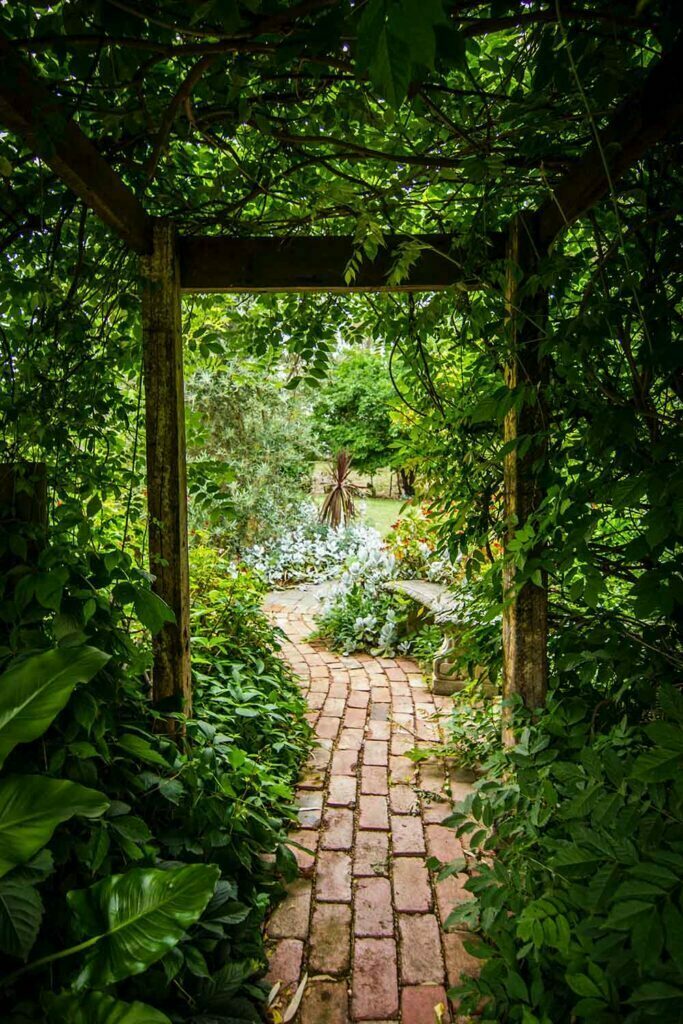
6) The furniture
For small patios and patios, choose folding furniture or bench seats that can be stored under the dining table when not in use. An L-shaped sofa can be surprisingly compact, but a large room can accommodate a full seating group with chairs, sofas and tables, sun loungers and daybeds, or trendy hanging chairs and swing seats.
Invest in good patio furniture that will last for years. Consider space, make sure there’s enough room for each person to sit comfortably, and pull out the chair without bumping into anything. Remember, you also need space to walk around the table with every one seated. Takes up more space than you think. According to Claire Belderbos, head of her specialist garden design at Belderbos Landscapes: Place a small seating area where you can enjoy the evening sun.
For example, if you can’t bring your three-piece set indoors during the winter, buy furniture covers to protect it and extend its life. Whatever patio furniture you buy, don’t forget to equip it with outdoor cushions for added comfort. Don’t forget other garden essentials like fire pits, fireplaces, patio heaters, grills, and pizza ovens. Planning for these spaces is just as important as where they will be stored or protected during the winter.
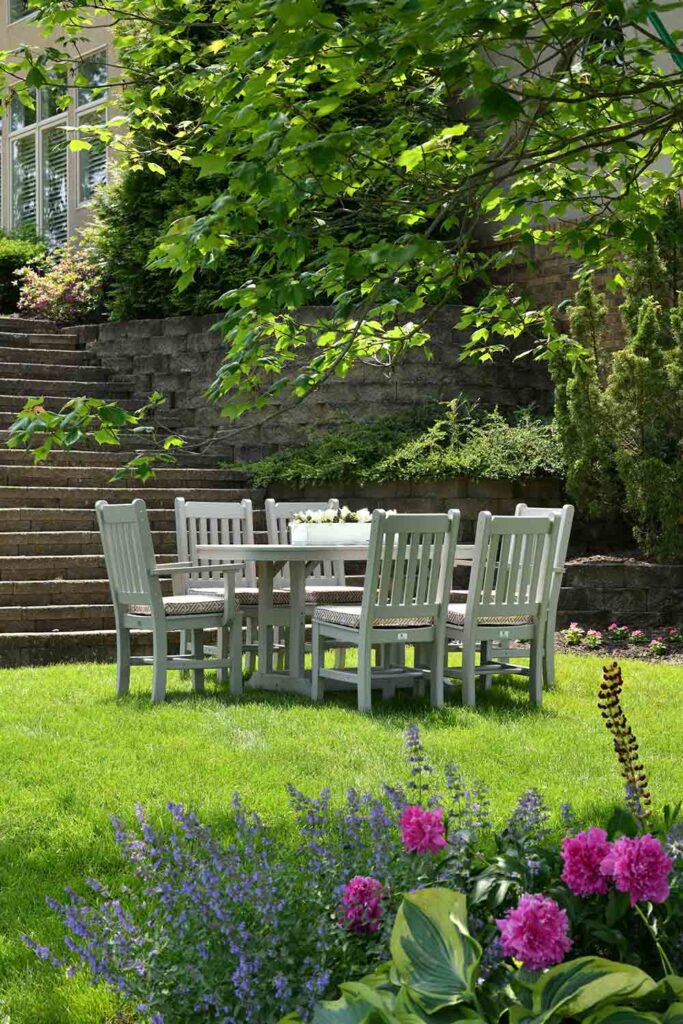
7) Pay attention to your boundaries
In a small garden, a boundary wall, fence, or hedge can be the biggest visible element, so good looks are very important. They don’t all have to be the same but try to create a visual connection between them. For example, you can use the same type of fence and grow climbers in coordinating colors. If you can’t change the fence, plaster it or dress it up with slats or a trellis. Check with your neighbors whose fence it is first and ask permission before attempting any work. The material you choose is also important. Wooden posts, for example, don’t have to be limited to separating a garden from a neighboring garden. When carefully placed in your garden, they can be used to frame plants and seating areas or to add interest to borders and pathways.
A truly original use can be seen in his NHS 70 garden at Addenbrooke Hospital by garden landscaping company Bowles & Wire. They used reclaimed oak pillars to compose views along a winding central pathway, placed at different heights and angles to allow visitors to explore new aspects of the space as they walk. Did.
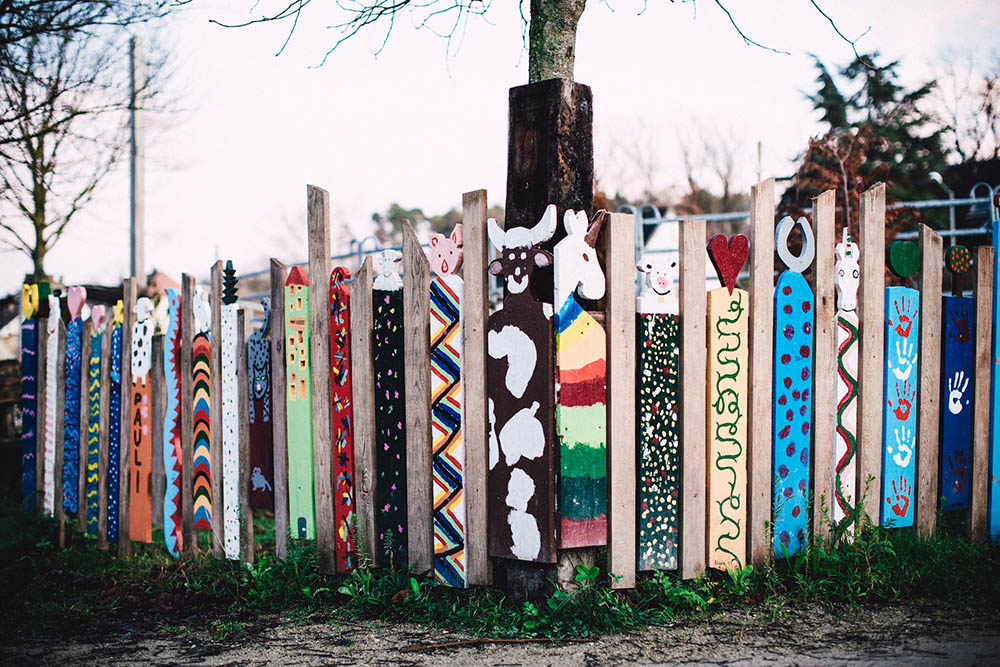
8) Screening and zoning
You should also consider shielding areas of your garden to create another ‘room’. Introduce strict landscaping in the form of pergolas and fences or through plants. “You can’t go wrong with a sturdy rose bush or tall bamboo,” says Jon Holloway, founder of Garden Trading.
If you have limited space, consider zoning your garden area. “The garden is an extension of the kitchen and living space,” says Vicky Angell, outdoor living buyer for John Lewis & Partners. “Part of that is because our homes are on average smaller than ever before, so we’re looking for spaces outside to entertain and relax.”
9) Accessorise the fifth room
Think about how you can transform your outdoor space into a relaxing sanctuary with cozy garden décor and tactile furnishings. I want to create the look of a living room. It’s something outside, not indoors. Keep that in mind when looking for decorations and accessories.
For example, you can invest in chunky knit throws, lanterns, and outdoor cushions along with outdoor rugs (Cuckooland sells a range of Fab Hab rugs made from recycled plastic) to create a comfortable and cozy atmosphere. I can do it. Use a garden mirror to reflect light around a spot of your choice. Invest in waterproof speakers. Choose a citronella candle to keep bugs away. Patio heaters keep you warm at night, and finally, place small potted plants in your space just like you would houseplants.
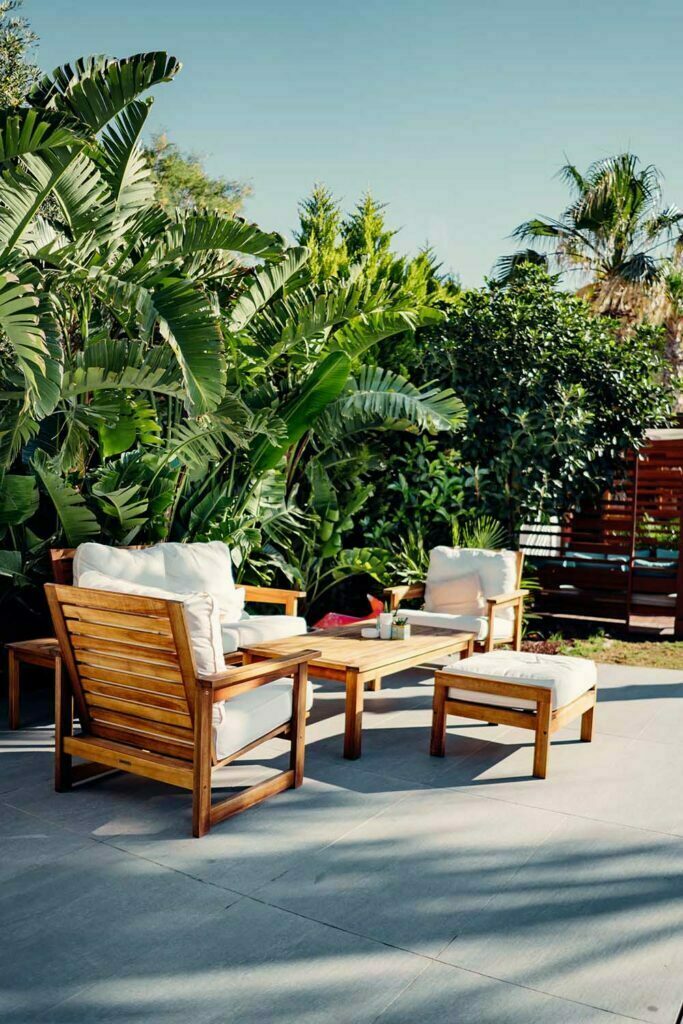
10) Integrate your ornaments
The most important rule of garden ornaments is to embed them in the plantings. Ornaments or water features placed in the entrance of empty spaces (which are great for wildlife) can be unattractive. Choose wisely because it is highly likely. Too small and you’ll get lost, too big and you’ll be overwhelmed with space. The latter is also known to reduce the value of your home, so keep this in mind when selling.
If you love hearing the water rippling in your garden but don’t want a fountain, try simple stone troughs and gargoyles like the ones incorporated into Butter Wakefield’s Ribbon Wheel Garden. The antique trough is designed with overhanging wall panels containing antique mirrors that reflect the garden beyond and is painted dark grey to accentuate the greenery of the surrounding plants.

This post contains affiliate links. When you buy through links on our site, we may earn an affiliate commission. Read the full disclosure here.

